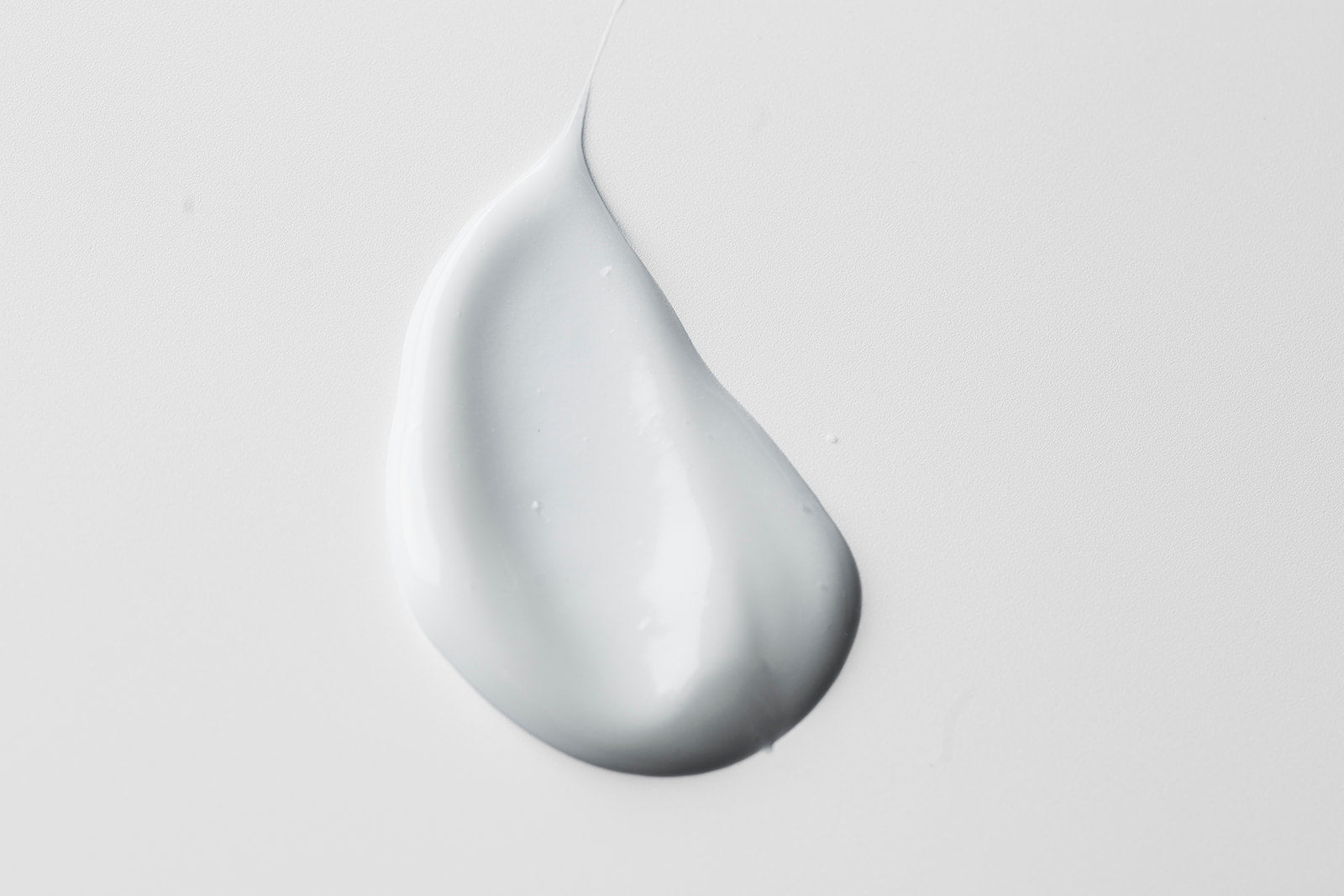Benzoyl peroxide is a triple threat to acne. It kills bacteria, reduces inflammation. It works quickly, bringing improvement in as few as five days after starting treatment. With all it’s superpowers, it’s easy to see why benzoyl peroxide has remained the top-rated acne-fighter for decades.
Why It Works?
Benzoyl Peroxide is an organic compound with antibacterial, keratolytic, comedolytic, and anti-inflammatory properties. When applied topically, benzoyl peroxide decomposes to release oxygen which kills acne bacteria in the pore. Its keratolytic activity increases cell turnover, causing a peeling reaction in the skin. This is one of the properties that makes it so effective in treating acne. The peeling action unplugs pores and removes impactions.
Some antibacterial products can contribute to resistant strains of bacteria. That’s not the case with benzoyl peroxide. After more than 50 years in widespread use, it remains as potent a bacteria killer as ever.
Benefits of Benzoyl Peroxide
- Kills acne bacteria
- Decreases inflammatory lesions
- Rids follicles of excess dead skin cells
- Peels out impactions
- Controls excess sebum production
- Prevents future breakouts
- Does not create antibiotic resistance
Is All Benzoyl Peroxide the Same?
BP products range from 2.5% up to 10%. The percentage refers to the amount of the active ingredient, but the real difference is in the formulation. Buffering agents used to limit irritation often limit effectiveness as well. The wrong carrier vehicle can keep BP from penetrating the skin, so it can’t work in the pore.
Pro Tip: Benzoyl peroxide can be very drying, a good thing for peeling out acne impactions, but not the most pleasant. If desired, add moisture by using a light weight moisturizer. But go easy on the moisture when you’re clearing active acne.
The drying process is a necessary part of the treatment.
We recommend: Spotless - 2.8% Benzoyl Peroxide Acne Treatment




